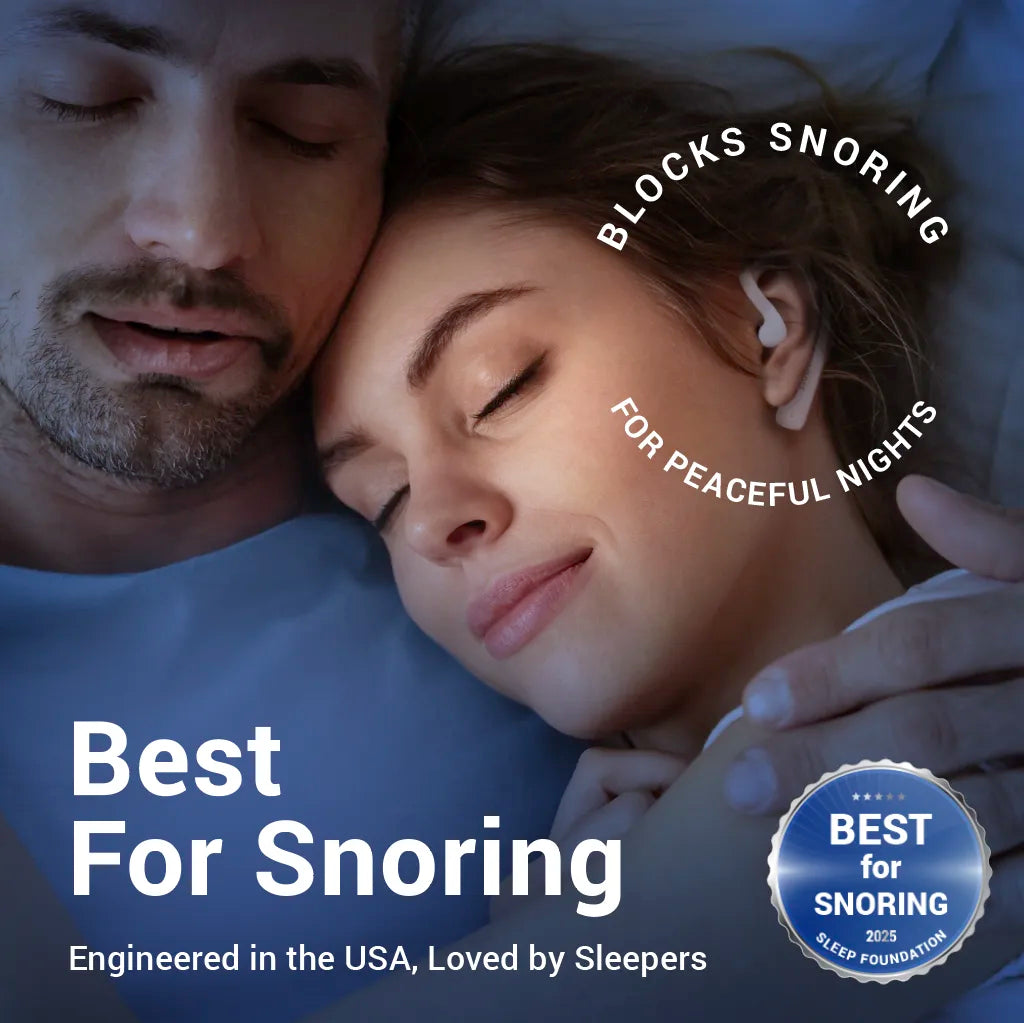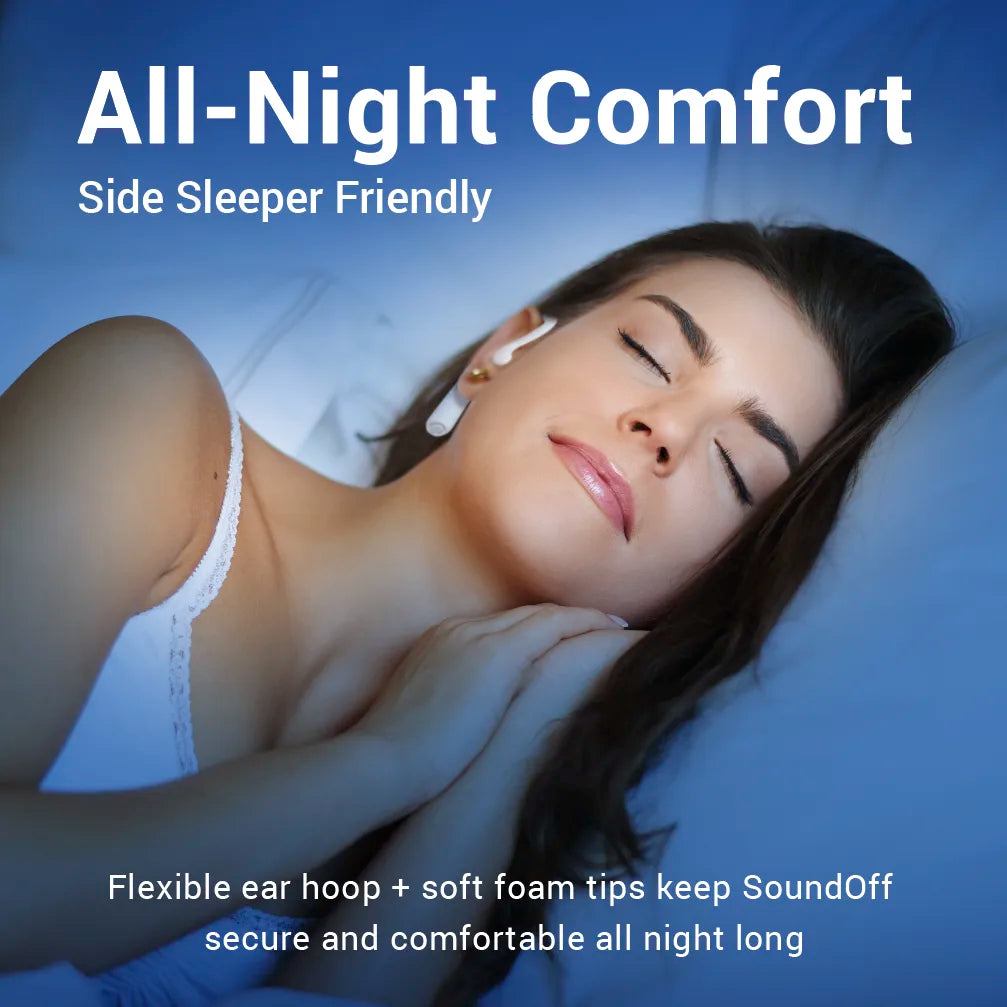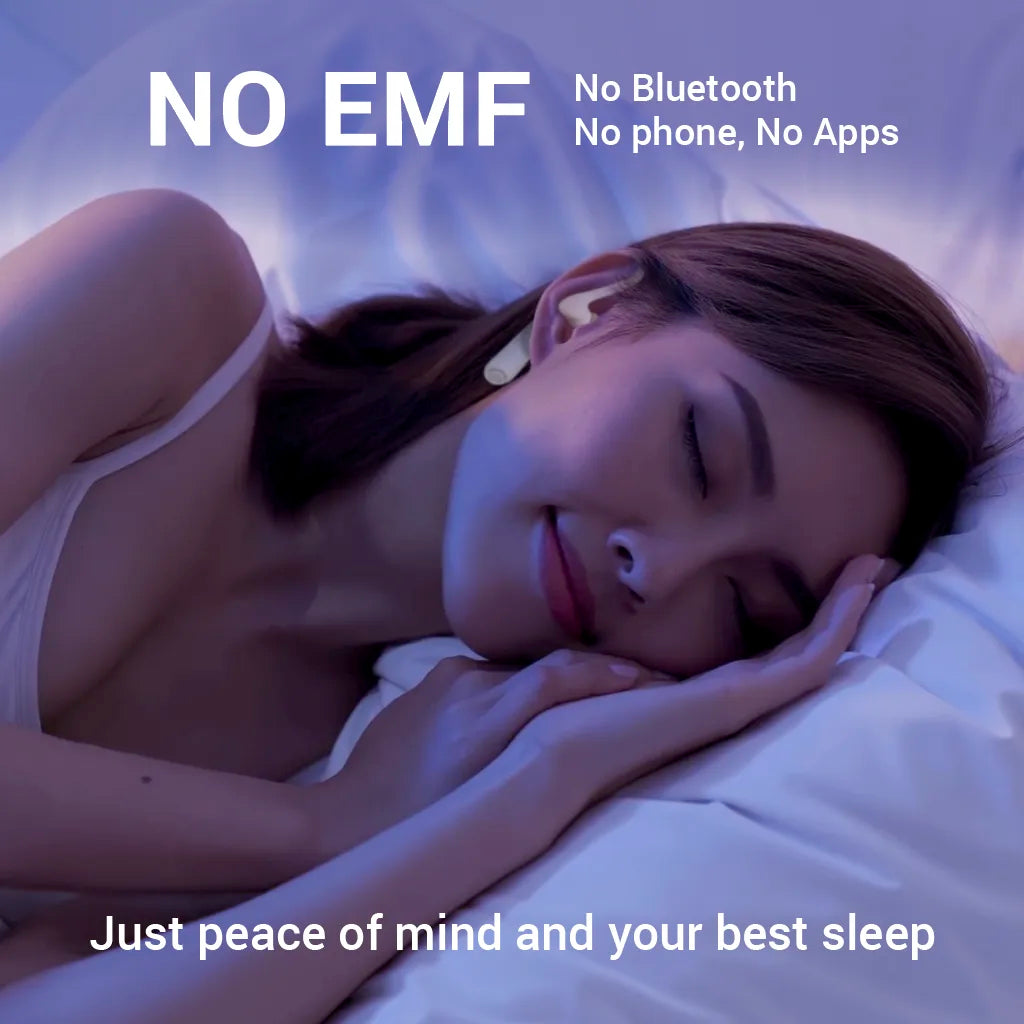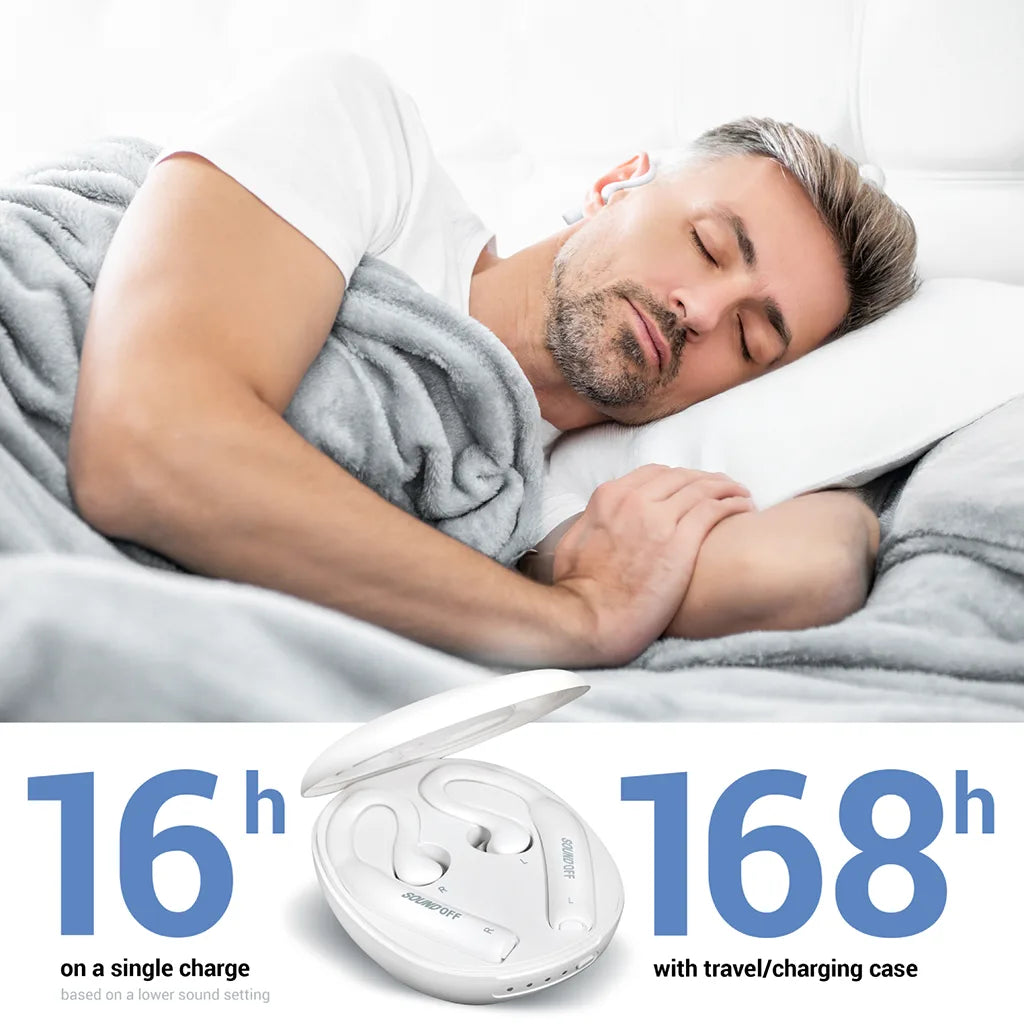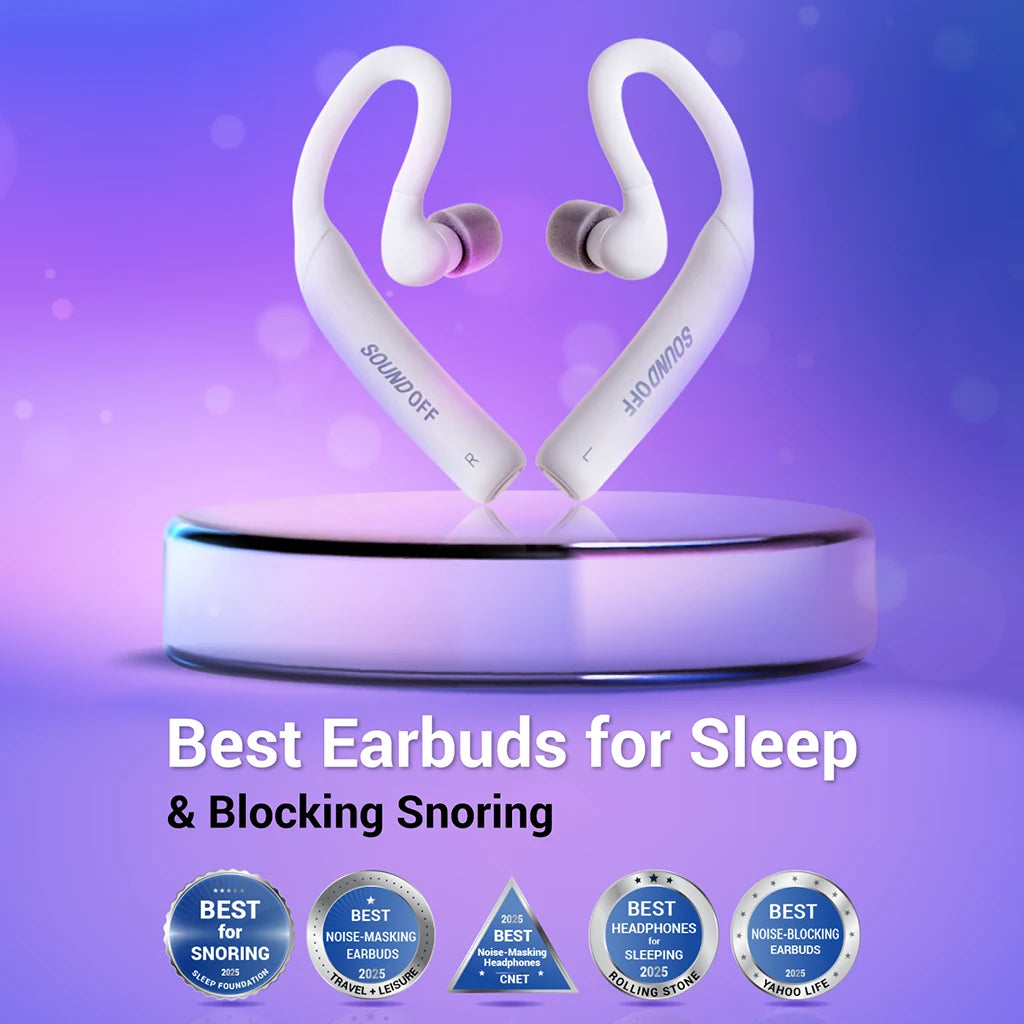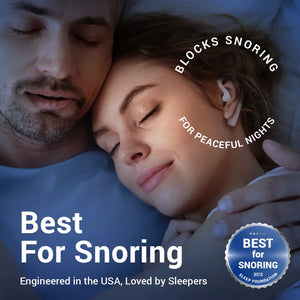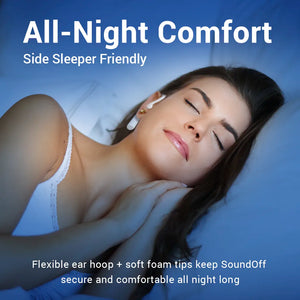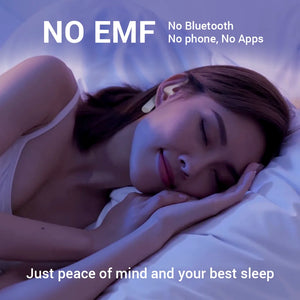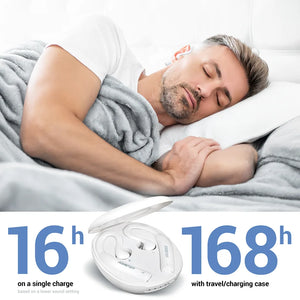
Table of Contents
- Introduction
- Key Insights
- What are Vivid Dreams?
- Types of Vivid Dreams
- Exploring the Causes of Vivid Dreams
- Interpreting the Meanings of Vivid Dreams
- Effects of Vivid Dreams on Daily Life
- Managing Vivid Dreams: Treatment and Therapies
- Addressing Common Questions About Vivid Dreams
Introduction
Each night, you spend approximately two hours immersed in the world of dreams. It's common to have scant recall of these dream episodes, yet it's highly probable that at some point, you've experienced a vivid dream. Characterized by their striking clarity, realism, and emotional intensity, vivid dreams often leave a lasting impression long after awakening.
The nature of vivid dreams varies greatly. They can be delightful and gratifying, perhaps fulfilling a deep-seated desire or revisiting a cherished memory. Conversely, they can also be jarring due to their bizarre content or the emotions they evoke. Experiencing frequent, distressing vivid dreams can negatively impact your sleep quality.
This article delves into the essence of vivid dreams, exploring their potential causes, meanings, and the impact they have on our psyche. Additionally, it provides guidance on managing vivid dreams, especially if they begin to pose a challenge to your well-being.
Insights
- Vivid dreams are marked by exceptional clarity, encompassing detailed sensory experiences and profound emotional responses.
- Factors such as mental health conditions, sleep disorders, and substance use may contribute to the occurrence of frequent vivid dreams.
- These dreams are often seen as windows into our subconscious, revealing unresolved emotions or concerns.
- If vivid dreaming is adversely affecting your sleep, seeking advice and treatment from a healthcare professional is recommended.
What are Vivid Dreams?
Vivid dreams are those dreams that are remembered in great detail upon awakening. This phenomenon of dream recall is most pronounced when awakening occurs during the rapid eye-movement (REM) stage of sleep. During this phase, the brain exhibits heightened activity, nearly mirroring its awake state. This can blur the lines between dreaming and wakefulness, making it hard to distinguish between being asleep and awake.
Dreams, especially vivid ones, are often a reflection of our waking experiences. They integrate sensory impressions from our conscious state, weaving in familiar faces, sounds, environments, and various elements. However, vivid dreams can also diverge significantly from reality, featuring extraordinary scenarios, disorienting experiences, or even unsettling or frightening episodes.

Types of Vivid Dreams
Vivid dreams can be classified into distinct categories based on their content and the experiences they encompass during the dream state:
- Lucid Dreams: In lucid dreams, the dreamer is aware they are dreaming. About half of the population has experienced at least one lucid dream, with roughly 20% experiencing them monthly. These dreams often correlate with frequent awakenings during REM sleep. Lucid dreamers sometimes can manipulate their dream's narrative, leading to enjoyable and insightful experiences within the dream.
- Fever Dreams: These occur during illnesses accompanied by a fever, often characterized by more intense, bizarre, and emotionally charged content. Fever dreams may include themes related to temperature or health. The altered body temperature and discomfort during illness can affect REM sleep, leading to a reduced recall of these vivid dreams.
- Nightmares: Nightmares are vivid dreams with distressing content, frequently revolving around survival or safety. While common, with 85% of adults experiencing them annually, a small percentage have them weekly. Factors such as stress, trauma, certain mental health conditions, and medications can trigger nightmares, which can disrupt sleep and cause physiological responses like increased heart rate and anxiety upon waking. In extreme cases, frequent and intense nightmares may be diagnosed as a nightmare disorder, warranting treatment.
- Dream Enactment: Normally during REM sleep, physical movement is inhibited to prevent injury from acting out dreams. However, in dream enactment, this paralysis is absent, allowing the sleeper to physically perform actions and speak as they do in their dreams.
Exploring the Causes of Vivid Dreams
Vivid dreams, which are most intense and complex during the REM sleep phase, are influenced by the heightened brain activity in this stage. REM sleep is reached about 90 minutes into sleeping and recurs several times, potentially playing a crucial role in memory formation. This stage allows the brain to process and integrate daily experiences, which may then manifest as vivid dreams.
Several factors and conditions are associated with the occurrence of vivid dreams:
- Stress and Mental Health: Daily stress and anxiety often translate into distressing dreams. Similarly, traumatic events can trigger nightmares and vivid dreams. Mental health issues like depression, anxiety, borderline personality disorder, and PTSD are particularly linked to nightmares. PTSD-related dreams may involve trauma themes and can disrupt various sleep stages, leading to insomnia. Studies also suggest a correlation between pre-existing nightmares and a higher risk of developing PTSD.
- Medication Side Effects: Certain medications, including sleep aids, stimulants, psychiatric drugs, and blood pressure medications, can affect dream intensity or frequency. If medications are suspected to cause vivid dreams, it’s crucial to consult a healthcare professional.
- Pregnancy: Pregnant individuals may experience disturbed sleep and intense dreams, particularly in later stages of pregnancy. Hormonal fluctuations, mood changes, and parenting concerns can contribute to this. It's important to address any significant stress or sadness during pregnancy with a clinician.
-
Sleep Disorders: Various sleep disorders can lead to vivid dreaming, often accompanied by sleep disruptions or unique behaviors:
- Obstructive Sleep Apnea (OSA): This condition, characterized by frequent breathing pauses, can fragment sleep and reduce oxygen levels, potentially leading to more nightmares.
- REM Sleep Behavior Disorder (RBD): RBD involves acting out dreams, sometimes violently, and is more prevalent in older adults and men. It poses a risk of injury to both the sleeper and others.
- Narcolepsy: Narcolepsy can bring about vivid, dreamlike hallucinations at the onset of sleep. Roughly half of those with narcolepsy also experience RBD.
- Sleep-Related Eating Disorder: This form of sleepwalking involves out-of-control eating behaviors triggered by vivid dreams about food, which are then acted out.
- Withdrawal From Substances: Reducing or stopping the use of substances like medication, drugs, or alcohol can lead to an increase in nightmares. For instance, cocaine withdrawal often comes with vivid, distressing dreams.
Interpreting the Meanings of Vivid Dreams
Vivid dreams provide insights into various aspects of our lives, from our conscious and subconscious minds to our physical health. Common themes in vivid dreams shared by many people include falling, flying, being pursued or attacked, erotic experiences, the death of a loved one, and academic challenges like failing a test.
While some dreams mirror real-life experiences, others with more bizarre or imaginative content are often more challenging to interpret logically. This complexity fuels the fascination many have with exploring dream meanings.
Notable psychologists like Sigmund Freud and Carl Jung offered different perspectives on dream analysis. Freud viewed dreams as expressions of hidden desires and wishes, whereas Jung believed that dreams' symbolic elements reveal unconscious information about the dreamer, open to interpretation.
Vivid dreams can also signal underlying health conditions. For instance, in individuals with bipolar disorder, dreams about death or injury may indicate an impending manic phase, while reduced dreaming might foreshadow a depressive phase. Additionally, REM sleep behavior disorder can be an early indicator of neurodegenerative disorders like Parkinson’s disease.
Effects of Vivid Dreams on Daily Life
The interplay between wakefulness and sleep is significant, with daily events influencing night-time dreams and intense dreams potentially disrupting sleep. This disruption can lead to several problems:
- Daytime Sleepiness: Fragmented sleep caused by vivid dreams can result in daytime drowsiness, impacting alertness and functional capacity.
- Social and Professional Disruption: Recurrent or particularly troubling dreams can cause distraction and distress, affecting a person's performance in social and occupational settings.
- Difficulty Falling Asleep: The apprehension of experiencing nightmares can make falling asleep more challenging, sometimes leading to a fear of sleep itself.
Understanding the meanings and impacts of vivid dreams is crucial for addressing any negative effects they may have on one’s well-being and day-to-day life.
Managing Vivid Dreams: Treatment and Therapies
For those experiencing sleep disturbances due to vivid dreams, a range of treatments and therapies are available. Consulting a health professional is a crucial step in finding the appropriate approach.
- Cognitive Behavioral Therapy (CBT): CBT is particularly effective in treating PTSD-related nightmares. It involves guided recollection and reimagining of traumatic events, which can help reduce the recurrence of nightmares.
- Imagery Rehearsal Therapy (IRT): IRT is a technique used to process frequent disturbing dreams. It involves altering the narrative of the nightmare into a more positive storyline and mentally rehearsing this new version before sleeping.
- Medications: Several prescription medications, including some antidepressants, antipsychotics, and blood pressure drugs, are available to treat nightmare disorders, especially those related to PTSD. Consulting with healthcare professionals is essential to determine the most suitable medication.
- Stress Management: Since stress can infiltrate our dreams, addressing the underlying causes is key to managing stress-induced nightmares. Effective stress-reduction techniques include mindfulness practices (like meditation and centering prayer), yoga, tai chi, physical exercise, acupressure, and breathing exercises.
-
Sleep Hygiene: Enhancing sleep quality can aid those whose sleep is frequently disrupted by vivid dreams, even if it doesn't directly lessen the vividness or frequency of the dreams. Improving sleep hygiene involves:
- Creating a sleeping environment that is cool, quiet, and dark.
- Establishing a consistent bedtime routine.
- Allowing for some quiet time before going to bed.
By adopting these strategies and seeking professional advice, individuals can effectively manage vivid dreams and improve their overall sleep quality and well-being.
Addressing Common Questions About Vivid Dreams
- Why Do Some People Have Vivid Dreams While Others Do Not?
- The reason why some individuals experience more vivid dreams or have a stronger recall of their dreams is not fully understood. It doesn’t appear to be linked to specific personality traits, gender, or age. However, research indicates slight differences in brain activity and structure between those who frequently recall their dreams and those who do not.
- What Is the Purpose of Vivid Dreams?
- Although dreaming is a common human experience, its exact purpose remains elusive. It's believed that dreaming, including vivid dreaming, plays a role in processing thoughts and emotions. During REM sleep, there's a theory suggesting that long-term memories are consolidated in the brain, and vivid dreams may be a byproduct of this memory storage process.
- How Can I Better Remember My Dreams?
- One method to enhance dream recall is to write down your dreams immediately upon waking. While this technique may not be effective for everyone, studies suggest that maintaining a dream journal can aid individuals who typically struggle with remembering their dreams.
- Can Diet Influence Vivid Dreams?
- Diet can indeed influence the vividness and content of dreams, though the extent and nature of this effect can vary greatly among individuals.
- Are Vivid Dreams a Sign of Sleep Disorders?
- Vivid dreams can be a normal part of sleep, but in certain contexts, they may be associated with sleep disorders.
- How Do Emotions Impact Vivid Dreams?
- Emotions play a significant role in the formation and nature of vivid dreams. The interaction between emotions and dreams is complex and still a subject of ongoing research in the fields of psychology and neuroscience. While vivid dreams can be a window into our emotional states, it's important to remember that not all vivid dreams have deep psychological meanings; sometimes they may just be a result of the brain's random activity during sleep.
- Can Vivid Dreams Predict the Future?
- Vivid dreams cannot predict the future in a literal or scientific sense. The notion that dreams can foresee future events is a common theme in various cultures and folklore, but it lacks empirical support from a scientific standpoint.
- Do Children Experience Vivid Dreams Differently?
- Children do experience vivid dreams differently than adults in several aspects, influenced by their developmental stage, emotional experiences, and cognitive abilities.
- Is There a Link Between Creativity and Vivid Dreams?
- There is a suggested link between creativity and vivid dreams, although the nature of this relationship is complex and not fully understood. Despite the connection, it's important to note that the relationship between creativity and vivid dreams is not causal or definitive. Not all creative individuals have vivid dreams, and not all people who experience vivid dreams are necessarily creative in the traditional sense. However, the overlap in the cognitive and psychological processes involved in both phenomena suggests a meaningful, if complex, relationship.
- Can Medications Induce Vivid Dreams?
- Yes, certain medications can induce vivid dreams as a side effect. The impact of medication on dreaming can vary depending on the type of drug, the dosage, and the individual's response to the medication.
- Are Vivid Dreams Common During Pregnancy?
- Vivid dreams are indeed common during pregnancy. Many pregnant women report an increase in the frequency, vividness, and intensity of their dreams.
- How to Differentiate Between Vivid Dreams and Nightmares?
- Vivid dreams and nightmares, while related, are distinct experiences characterized by different emotional tones and impacts. In summary, while both vivid dreams and nightmares are characterized by their intensity and memorability, they differ primarily in their emotional content and the level of distress they cause. Vivid dreams can range from pleasant to slightly unsettling, but they lack the intense fear and anxiety typically associated with nightmares.
- Can Lucid Dreaming Techniques Control Vivid Dreams?
- Lucid dreaming techniques can be used to gain control over vivid dreams. Lucid dreaming occurs when a person becomes aware that they are dreaming while still in the dream, and this awareness can sometimes allow them to exert control over the dream's content, narrative, and environment.





